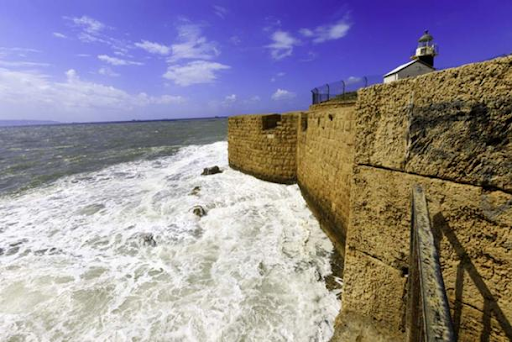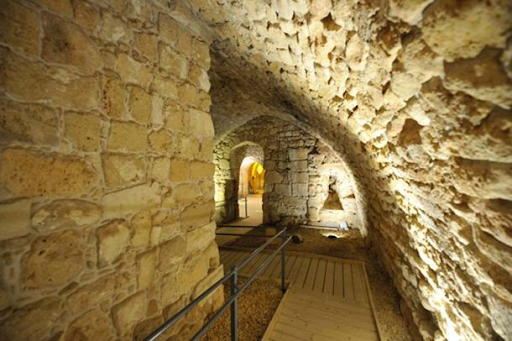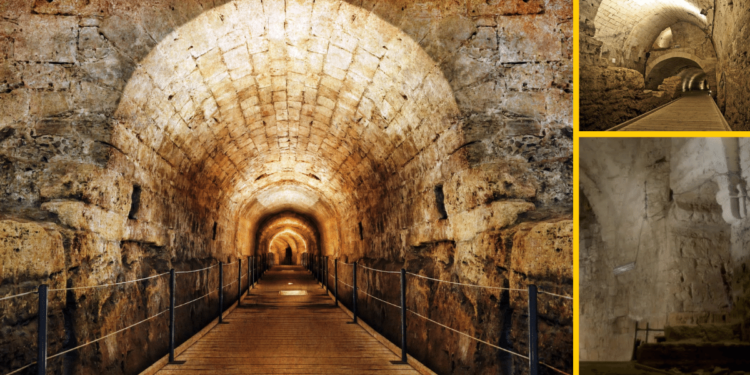The Templar Tunnel is an underground tube found in the Israeli city of Acre. When the town was under the sovereignty of the Kingdom of Jerusalem, the Knights Templar built the tunnel, which served as a critical corridor between the Templar palace and the port.
The Templar Tunnel was lost and forgotten after the Mamluks conquered Acre in the 13th century. The tunnel was unearthed in 1994 by a lady battling a blocked sewage line beneath her house.
Following the capture of Jerusalem by participants in the First Crusade, the Kingdom of Jerusalem was created in 1099.
Hugues de Payens, a French knight, created the Poor Soldiers of Christ and the Temple of Solomon (known simply as the Temple) around two decades later.
The primary aim of this military command, which had its headquarters on the Temple Mount, was to safeguard Christian pilgrims journeying to the Holy Land.
Acre Under Siege
In 1187, the Muslims under Saladin seized Jerusalem, and the Templars lost their headquarters. Even though Muslims had conquered the majority of the Kingdom of Jerusalem, the city of Tire, along with some scattered Crusader castles, resisted.

Saladin could not collect his forces in time to smash the besiegers, who European Third Crusade soldiers shortly reinforced.
The siege of Acre lasted until 1191, when the Crusaders captured the city. The city became the Kingdom of Jerusalem’s new capital, and the Knights Templar could construct their new headquarters there.
The Knights were given the region southwest of the city, and it was here that they erected their primary fortification.
According to a 13th-century Templar, this fortification was the most formidable in the city, with two towers guarding the entrance and walls 8.5 meters (28 feet) thick. Two smaller buildings flank these towers, each topped by a gilded lion.
The Templar Fortress
Templar Fort marks the western terminus of the Templar Tunnel. The fort is no longer in service, and the current lighthouse is the most noticeable landmark in the vicinity. This lighthouse is near the western end of the tunnel.

The tunnel’s eastern terminus lies at Acre’s southeastern corner, in what was previously the city port’s internal anchorage. Today, it is the location of Khan al-Umdan (literally “Caravanserai of the Pillars”), erected in the 18th century under the Ottoman sovereignty of the city.
The Acre Falls
The Egyptian Mamluks besieged Acre in April 1291, and the city succumbed to the Muslims approximately a month later.
Al-Ashraf Khalil, the Mamluk Sultan, ordered that the city’s walls, forts, and other structures be demolished so that the Christians could never utilize them again. Acre lost its importance as a maritime city and fell into disuse until the late 18th century.
The Templar Tunnel has been rediscovered.

The building was only discovered again in 1994. A woman who lived immediately above the tunnel had a blocked drain that year.
When the matter was explored, the Templar Tunnel was discovered. The tunnel was later cleaned, and a corridor, lights, and an entrance were built. The Templar Tunnel was opened to the public in 1999.
























